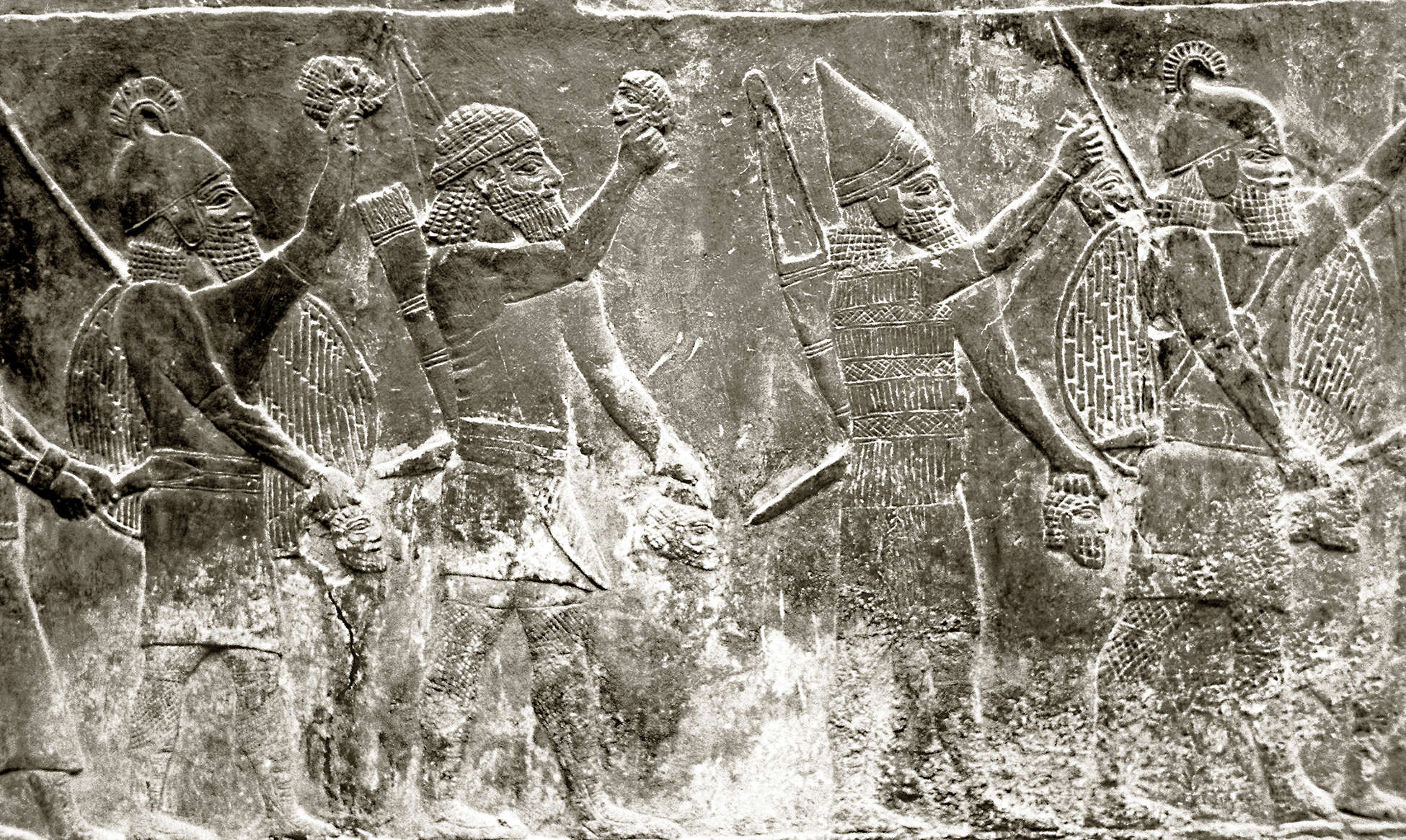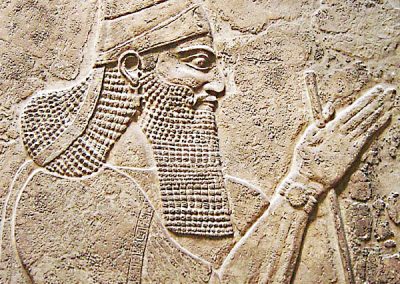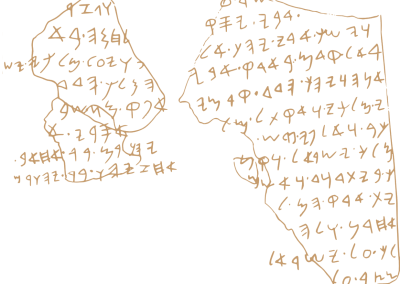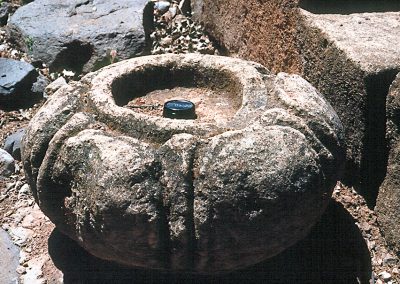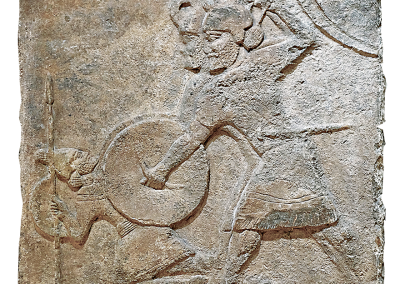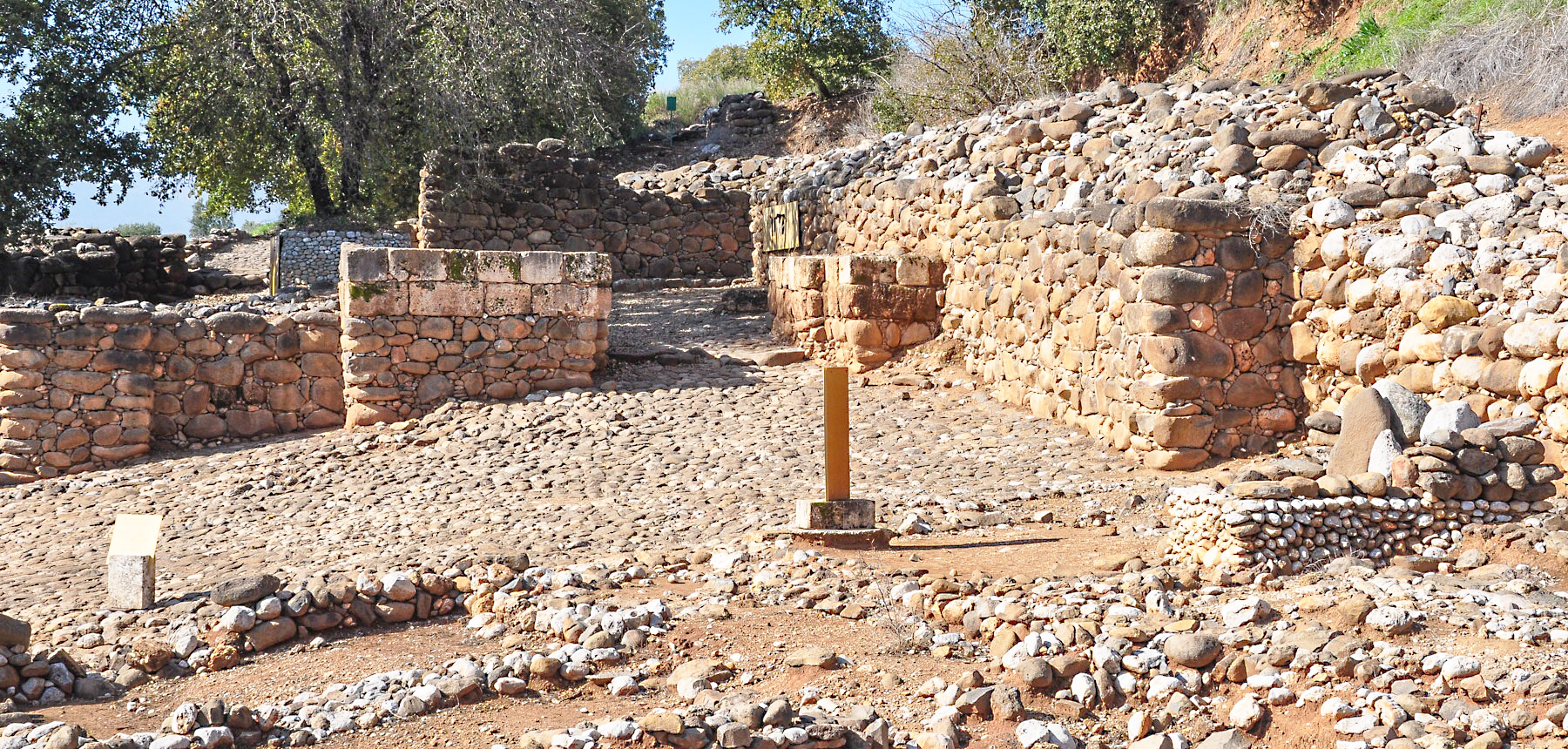
Bible, History, Archaeology
Bible,
History,
Archaeology
The Tel Dan stele
The Tel Dan stele
King David's name was found in 1993 on a 32 cm-high block of black basalt (A), by Professor Avraham Biran's team from the Hebrew Union College in Jerusalem, during excavations at the site of Tell Dan, the ancient city of Laish. This site is located near the source of the Jordan River, in the far north of Israel.
Two further fragments were unearthed on the same site in June 1994 (B1 and B2). These three basalt fragments come from a stela 1 an integral part of the wall and paving of a square; destruction occurred when the Assyrians took Dan towards the end of the 8th century B.C. 2.
To view the Tel Dan stele plan, click on the image.
1. Stele: an upright block of stone bearing an inscription, often used to mark a boundary or commemorate an important event in the lives of its founders.
2. Biblical scholars attribute the capture of Dan to the Assyrian king Teglat-Phalaser III, circa 733-732 BC.
King David's stele
These fragments feature inscriptions in early Aramaic, engraved in the last quarter of the 9th century, as suggested by pottery shards found at the site. When the first fragment was discovered, the editors thought it related events contemporary with King Ahab of Israel or King Jehoshaphat of Judah. The other two small fragments found in 1994 now suggest that this stele refers to the assassination of kings Yoram of Israel and Ahaziah (or Ahazyahu) of Judah by Jehu (2 Kings 9).
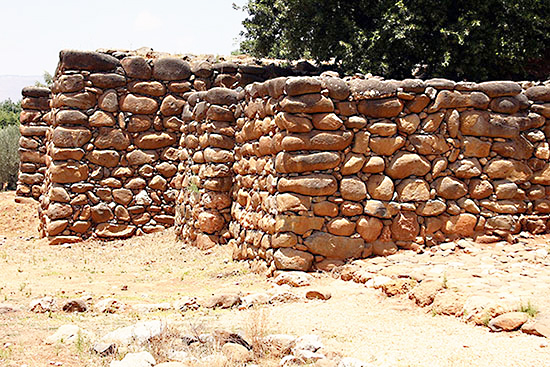
Image opposite: the imposing wall along the southern side of Tell Dan, which dates back to the Israelite period from the end of the 10th to the beginning of the 8th century BC, has been partially rebuilt. The stele bearing the inscription «House of David» was unearthed near this wall © Holy Land Photos.
The discovery of these fragments was followed by their publication by Avraham Biran and Joseph Naveh and, soon after, by several dozen articles in specialized journals, focusing mainly on the meaning of the BYTDWD phrase at the beginning of line 9 of the first fragment.
Today, according to the majority of scholars, it seems established that BYTDWD means «House of David», as the phrase MLK BYTDWD, «king of the House of David», parallels the phrase MLK YŠRL, «king of Israel», at the beginning of line 8 4. The «House of David» here therefore refers to the Judean kingdom of Jerusalem.
Furthermore, if we compare this syntagm with parallel Semitic expressions (beit + NP), designating other kingdoms of the ancient Levant, this expression means that David is the founder of the dynasty reigning in Jerusalem.

Image opposite: possible reconstruction of a podium where legal affairs were managed (2 Samuel 19:9) with the engraved stone bases uncovered during archaeological excavations. Holy Land Photos.
The mention of Beit Dawid in these two stelae engraved by two enemy kings of the kingdom of Judah confirms that the expression «House of David» was part of the official diplomatic language of the second half of the 9th century B.C., and not the invention of a late historian during the reign of Josiah, or during the Exile.
3. André Lemaire, « Palestinian epigraphy: new documents I ». Fragments de stèle araméenne de Tell Dan (IXe siècle avant J.-C., Henoch, 16, 1994, pp. 87-93).
At the end of the battle, the Assyrians parade before their king, with the severed heads of their enemies as trophies. Nineveh Palace. © Théo Truschel.
A depiction of the Assyrian king Teglath-Phalasar III, credited with the capture of Dan. © Théo Truschel.
A representation of the Assyrian king Teglath-Phalasar III, credited with the capture of Dan.
The Tel Dans stele in its Paleo-Hebrew version. DR.
The Tel Dans stele in its Paleo-Hebrew version. DR.
Engraved stone plinths uncovered during archaeological excavations. Holy Land Photos.
Engraved stone pedestals unearthed during archaeological digs.


